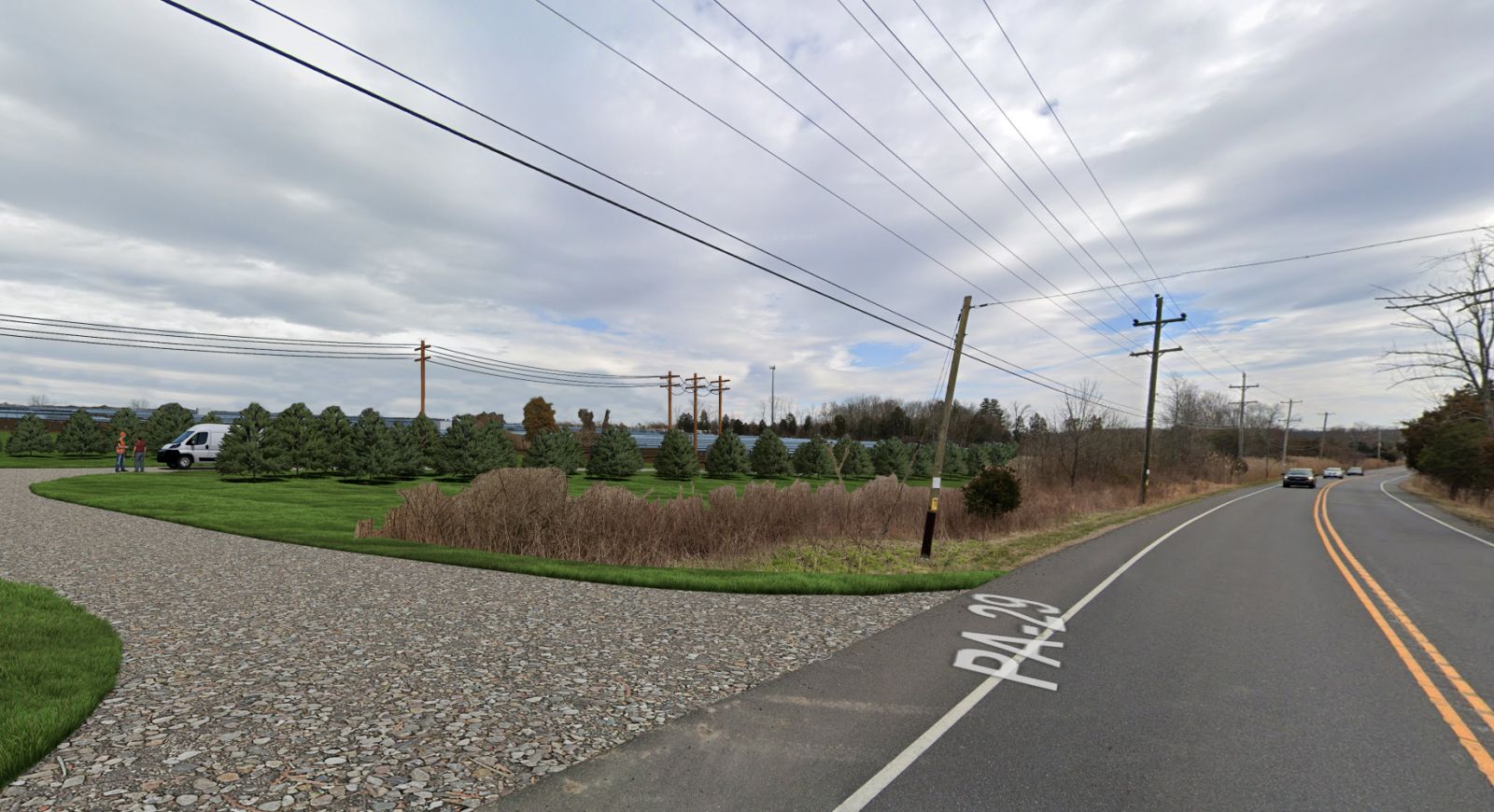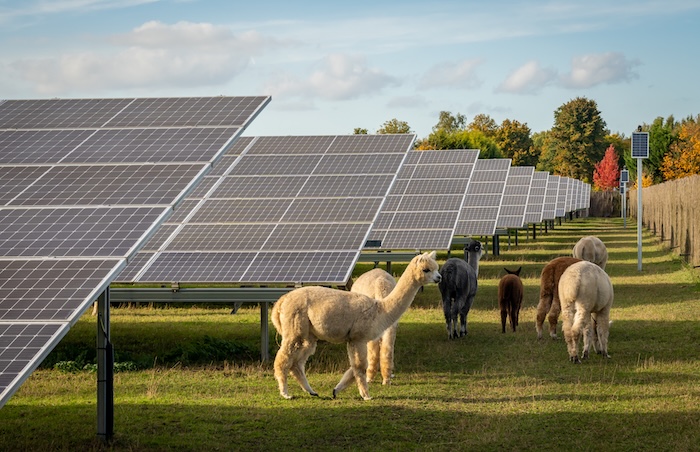Community-Centric Approaches to Solar Development
Despite generally widespread support for clean, renewable energy, a growing number of solar, wind, and battery storage projects are being met with resistance at the local level.
In fact, community opposition has become a leading cause of delays and cancellations, with a recent study revealing that roughly one-third of wind and solar projects are scrapped due to pushback — and nearly half experience delays of six months or more. Beyond the timeline setbacks, these interruptions can carry steep financial consequences, with developers often facing unrecoverable costs averaging $2 million per canceled solar project.
What’s driving this disconnect? While many Americans embrace the idea of renewables in theory, almost half admit they would find a nearby solar farm visually unappealing, according to Pew Research. The result is a growing tension between the environmental benefits of solar energy and local concerns about aesthetics, property values, and land use.
Here's how early and proactive community engagement can bridge this gap — helping developers earn public trust, obtain project approvals faster, and ultimately bring more renewable energy solutions to life.

Understanding community needs and concerns
Effectively addressing opposition begins with understanding what matters most to the community. Meeting with local officials and hosting town halls with residents creates a platform for open dialogue and relationship-building. These conversations help uncover the specific concerns driving resistance — whether it's the potential loss of farmland, visual impacts, stormwater runoff, sound, or glare.
By actively listening and responding to these issues, developers can tailor their approach to meet local expectations. Incorporating thoughtful mitigation strategies and sustainable design elements not only demonstrates a commitment to being a good neighbor, but also proves that renewable energy projects can integrate into the landscape with minimal disruption.
Education and myth-busting
Misinformation often fuels community resistance to renewable energy projects. By proactively educating residents and dispelling common myths, developers can alleviate concerns and build trust. Here are some of the most frequently misunderstood aspects of solar farms and battery storage systems — and the facts behind them:
- Fire safety and maintenance
One of the biggest concerns is the risk of fire. Solar farms and battery storage facilities are equipped with advanced fire prevention measures, including sensors, drone monitoring, and fire compartmentalization through strategic equipment spacing. - Emergency response preparedness
Specialized training — often funded by developers — helps local fire departments, including volunteer responders, safely manage emergencies at renewable energy sites, with support from national guidelines and materials to ensure safe de-energization and response. - Glare
Solar panels are designed to absorb rather than reflect light, using anti-glare coatings and matte surfaces to minimize glare and maximize energy efficiency. - Noise
Solar farms produce minimal noise — similar to a household refrigerator — that fades within 50 to 150 feet, with site layouts and sound studies ensuring minimal impact on nearby properties. - Heavy metal leaching
Modern solar panels are made from nontoxic or safely enclosed materials and built to prevent corrosion, meeting federal toxicity standards and posing minimal environmental risk. Developers can confirm safety through baseline soil testing and support recycling program to recover valuable materials at end-of-life.
By addressing these myths with facts and transparency, developers can replace fear with understanding — and skepticism with support.
Innovative site design
Creative and thoughtful site design is one of the most powerful tools developers have to address community concerns while still meeting project goals. By layering solutions—rather than treating challenges in isolation — developers can reduce local impacts and even create benefits for the surrounding area.
• Strategic buffering and vegetative restoration
Strategic vegetative buffers using native or pollinator-friendly plants enhance aesthetics, manage stormwater, support ecosystems, and can fulfill or even earn municipal incentives.
• Integrated stormwater solutions
Rather than relying on one large stormwater basin, developers are increasingly using distributed systems including include bioswales, vegetated buffers, and infiltration areas that double as screening or habitat space.
 • Agrivoltaics: Farming and energy coexisting
• Agrivoltaics: Farming and energy coexisting
Agrivoltaics allows solar arrays to coexist with farming, enabling crops like hay or soybeans, or even certain types of livestock to thrive beneath the panels. This dual-use approach preserves farmland, supports local agriculture, and provides farmers with a steady income stream.
Ultimately, innovative design is about more than compliance — it’s about collaboration. By engaging with the community early and creatively integrating their feedback into the site layout, developers can deliver renewable energy projects that are both efficient and embraced by the neighborhoods they serve.
Highlight the benefits
While addressing concerns is crucial, it’s just as important to help communities understand the benefits of hosting a renewable energy project.
- Localized power generation and grid resilience
Solar farms feed the local grid, reducing strain on transmission lines and improving resilience by generating power closer to where it's used, which helps prevent outages during disruptions. - Increased revenue for communities
Solar farms increase local tax revenue by raising property values and, in some states, generating production taxes — funding schools, emergency services, and other community needs. - Low-impact land use
Solar farms are low-impact, generating little noise or traffic, requiring no public services, and using effective stormwater controls; after their lifespan, they’re typically decommissioned and restored, often backed by financial bonds.
Developing projects communities can support
Studies show that communities are two to three times more likely to support a solar project when they’re engaged through targeted education and outreach. Successful renewable energy development goes beyond permits and plans — it’s about building trust, listening to concerns, and designing with intention. While not every resident may be convinced, research shows this strategy makes a meaningful difference.
Jeff Beavan, PE is an Associate and Branch Manager in the Lehigh Valley, PA office of Bohler Engineering. He brings extensive experience in site civil engineering design, stormwater management design and calculations, grading and drainage design, floodplain permitting, accessibility design, and land development permitting. Jeff has had the opportunity to lead a variety of land development projects, ranging from solar fields and industrial complexes to higher education projects and retail centers. Currently, Jeff's focus is on helping clients leverage Pennsylvania's expanding solar incentives, as well as training internal staff across the firm in renewable energy design best practices.
Bohler Engineering | bohlerengineering.com
Author: Jeff Beavan, PE
Volume: 2025 July/August











.png?r=4827)
